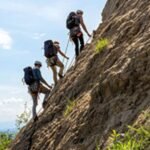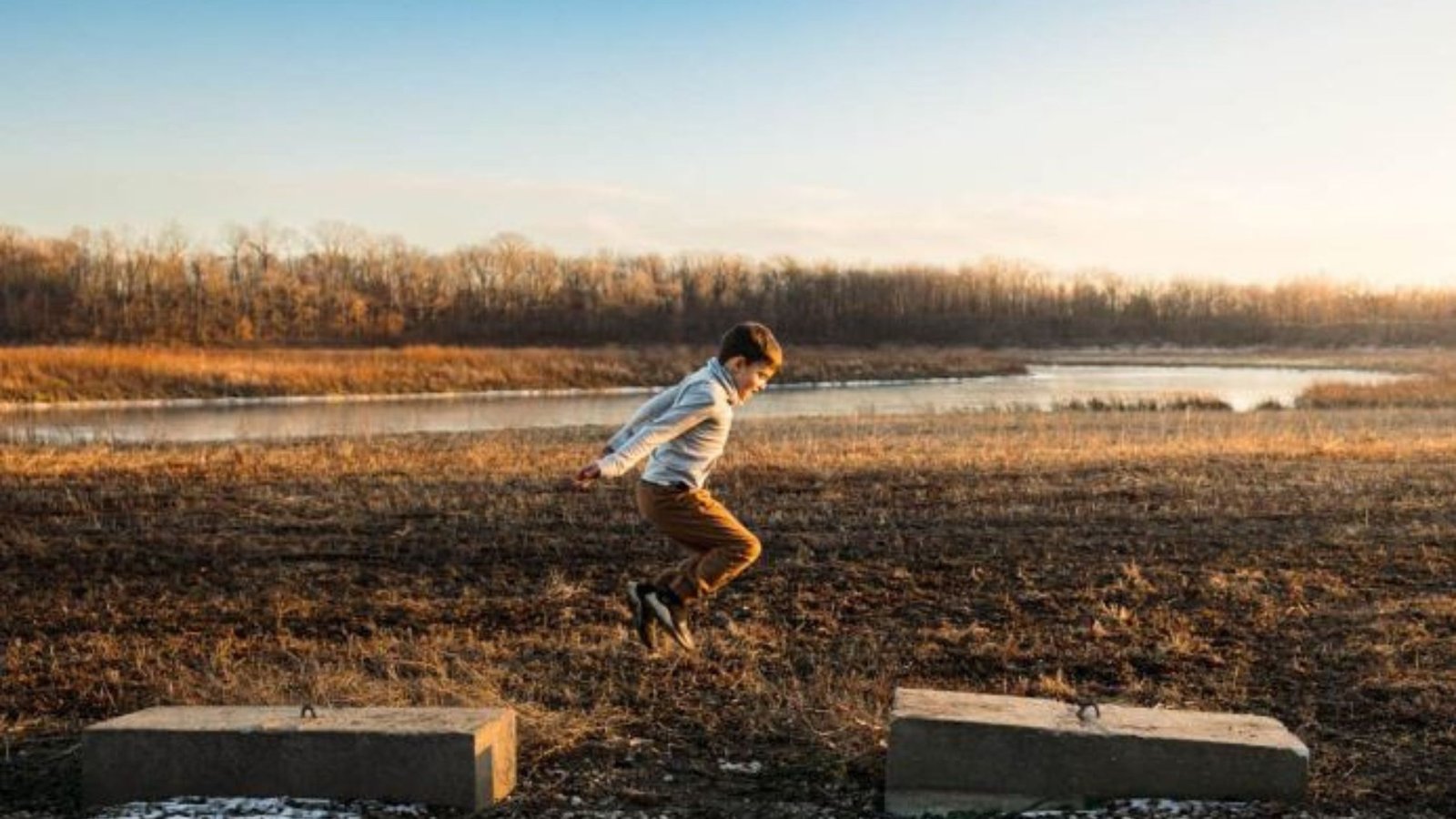Preparing for outdoor adventure skiing involves more than just having the right gear; it requires careful planning, physical conditioning, and knowledge of safety protocols to ensure a safe and enjoyable experience on the slopes. Whether you’re a beginner planning your first ski trip or an experienced skier gearing up for challenging terrain, adequate preparation enhances performance, reduces risks, and maximizes enjoyment during your skiing adventures.
Assessing Your Skiing Goals and Skill Level
Before hitting the slopes, assess your skiing goals, experience level, and desired terrain preferences. Determine whether you’re interested in downhill skiing, cross-country skiing, or backcountry skiing to tailor your preparation and equipment selection accordingly. Understanding your skill level helps in choosing appropriate slopes and planning for skill advancement during your outdoor adventure.
Physical Conditioning and Ski Fitness
1. Strength and Cardiovascular Training
Engage in strength training exercises targeting leg muscles, core stability, and cardiovascular endurance to improve skiing performance and reduce fatigue on the slopes. Incorporate activities such as squats, lunges, planks, and aerobic exercises like running or cycling to build stamina and enhance overall fitness levels.
2. Flexibility and Balance Exercises
Practice flexibility exercises and balance drills to improve agility, range of motion, and body control essential for navigating varied terrain and maintaining stability while skiing. Include yoga, stretching routines, and proprioceptive exercises to enhance muscle flexibility, joint mobility, and coordination during skiing activities.

Gear and Equipment Preparation
1. Choosing Appropriate Ski Gear
Select ski equipment based on your skiing style, skill level, and terrain conditions. Invest in quality skis, boots, bindings, and poles that match your height, weight, and skiing proficiency for optimal comfort, performance, and safety on the slopes. Consider renting equipment initially if you’re new to skiing to assess preferences before purchasing your own gear.
2. Inspecting and Maintaining Equipment
Inspect ski equipment regularly for wear and tear, including bindings, edges, and ski bases, to ensure functionality and safety. Sharpen edges, wax ski bases, and adjust bindings according to manufacturer specifications or seek professional servicing to maintain equipment performance and prevent mechanical issues during skiing adventures.
Understanding Safety Protocols and Risks
1. Ski Area Regulations and Rules
Familiarize yourself with ski area regulations, trail maps, and signage to understand slope difficulty ratings, designated ski routes, and safety guidelines. Observe posted signs, respect ski patrol instructions, and avoid skiing in closed or hazardous areas to minimize risks of accidents and ensure compliance with local skiing regulations.
2. Avalanche Awareness and Safety
Educate yourself on avalanche awareness, terrain hazards, and snowpack conditions when planning backcountry skiing or off-piste adventures. Carry essential avalanche safety gear, including transceivers, probes, and shovels, and practice avalanche rescue techniques with experienced companions to mitigate risks and respond effectively to emergencies in avalanche-prone areas.
Planning for Skiing Adventures
1. Trip Planning and Itinerary
Develop a skiing trip itinerary that includes travel arrangements, accommodation reservations, and daily activity schedules to optimize time on the slopes. Check weather forecasts, snow conditions, and trail updates before departure, adjusting plans as necessary to ensure safe and enjoyable skiing experiences throughout your outdoor adventure.
2. Packing Essentials and Personal Safety
Pack essential items for skiing adventures, including layered clothing for varying weather conditions, sunscreen, sunglasses or goggles, hydration systems, and snacks for energy replenishment on the slopes. Carry a first aid kit, emergency contact information, and communication devices such as cell phones or radios for staying connected and responding to unexpected situations during skiing outings.
Conclusion
Preparing for outdoor adventure skiing involves comprehensive planning, physical conditioning, and adherence to safety protocols to enhance skiing performance, minimize risks, and maximize enjoyment on the slopes. By assessing skiing goals, improving ski fitness, selecting appropriate gear, understanding safety guidelines, and planning skiing adventures diligently, skiers of all levels can embark on memorable skiing experiences while staying safe and well-prepared for outdoor adventures.











